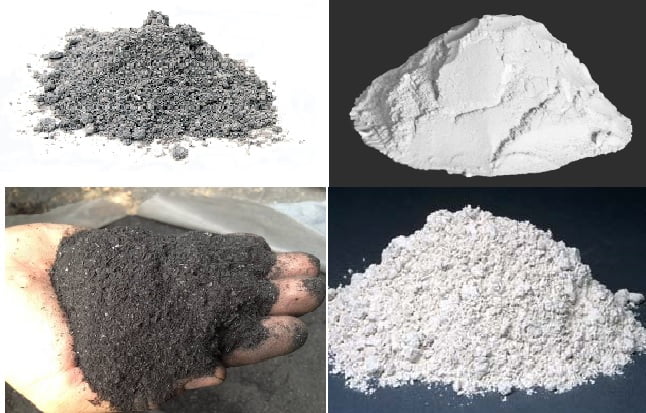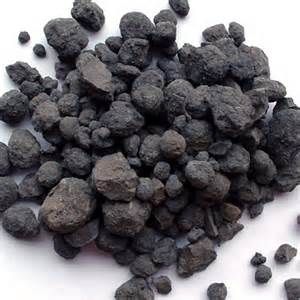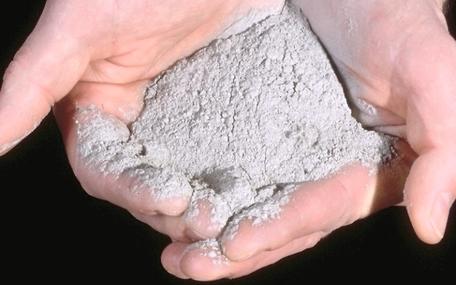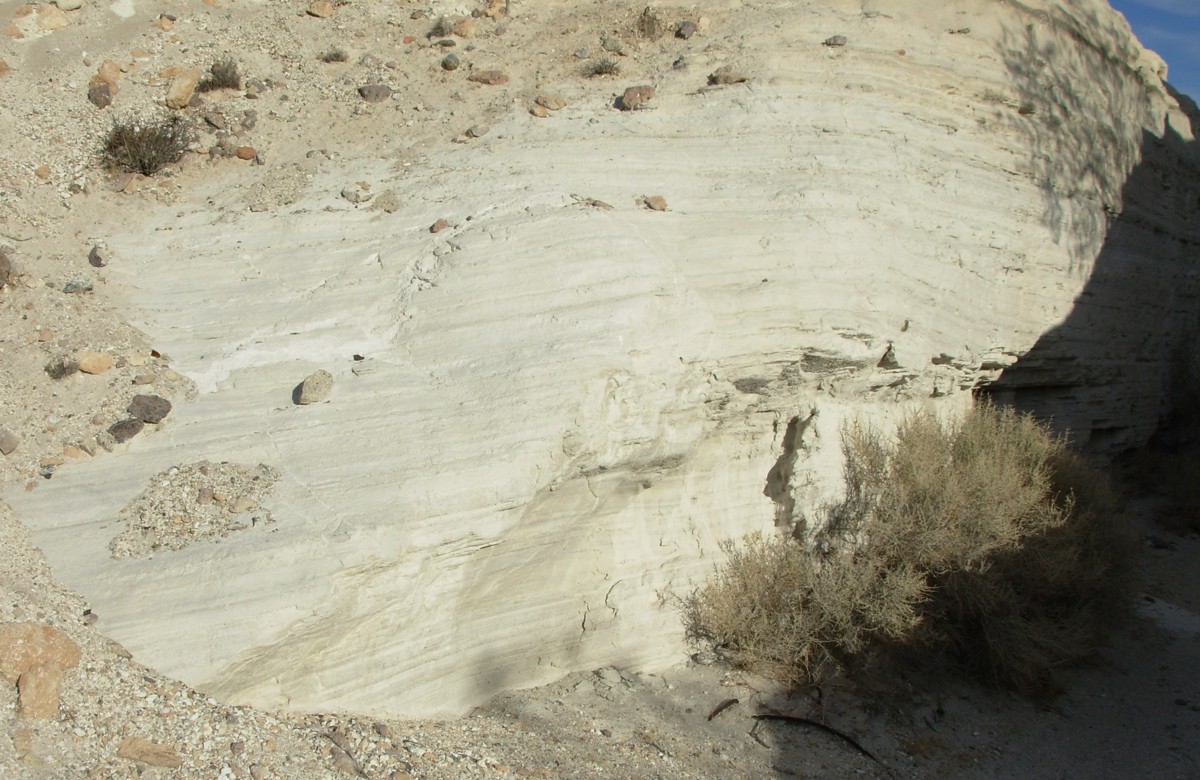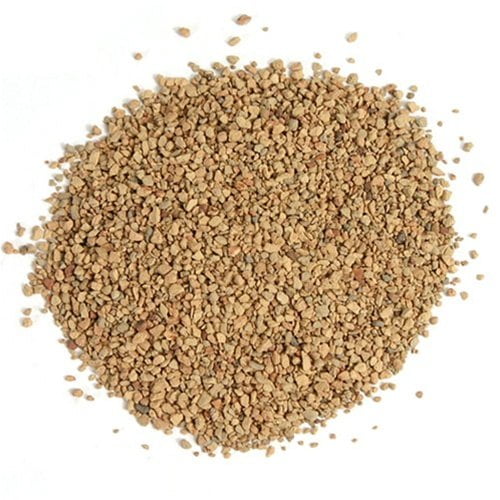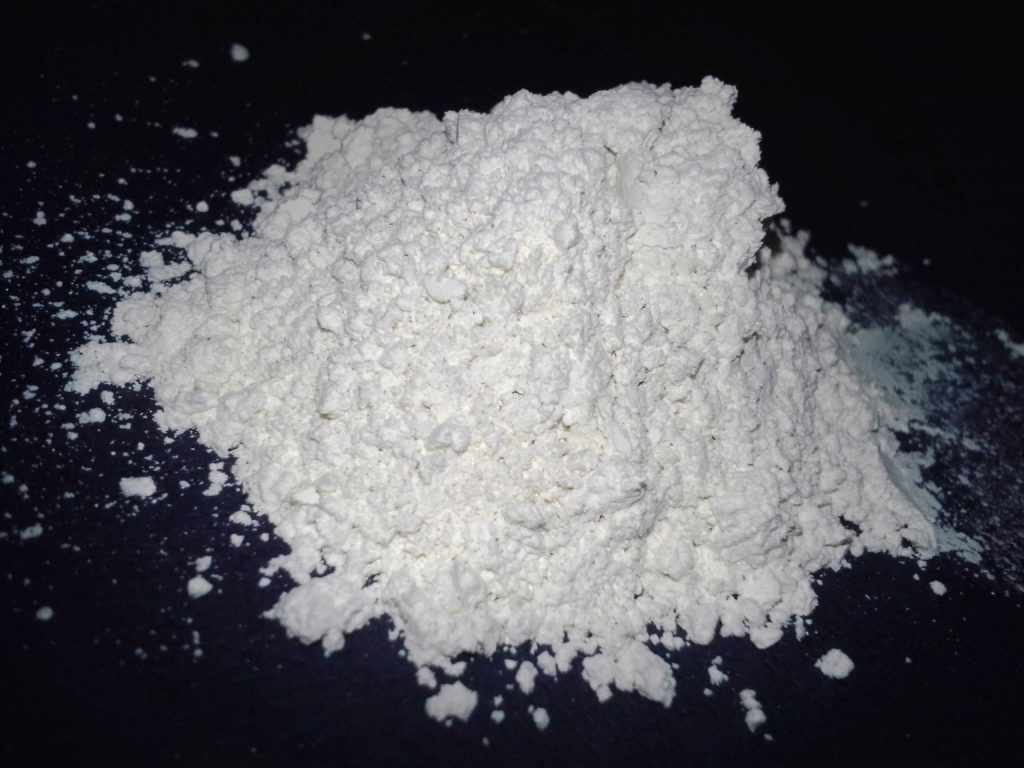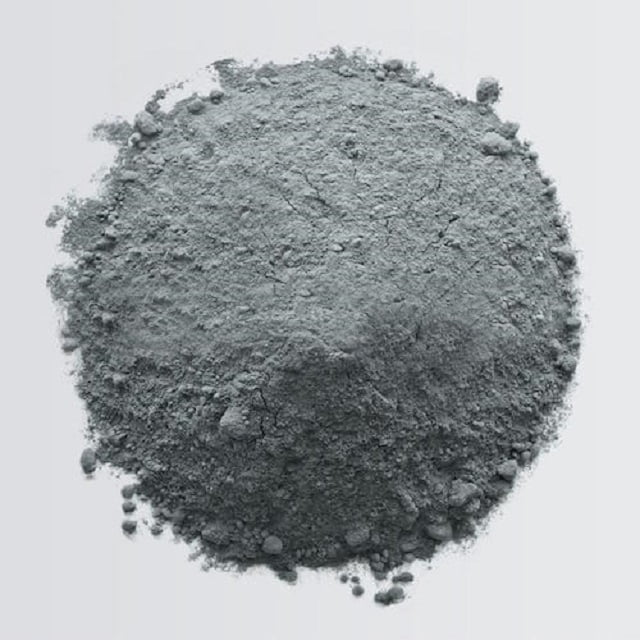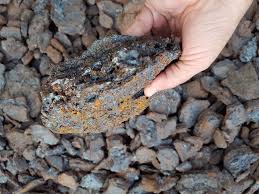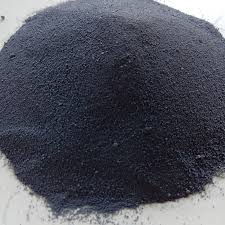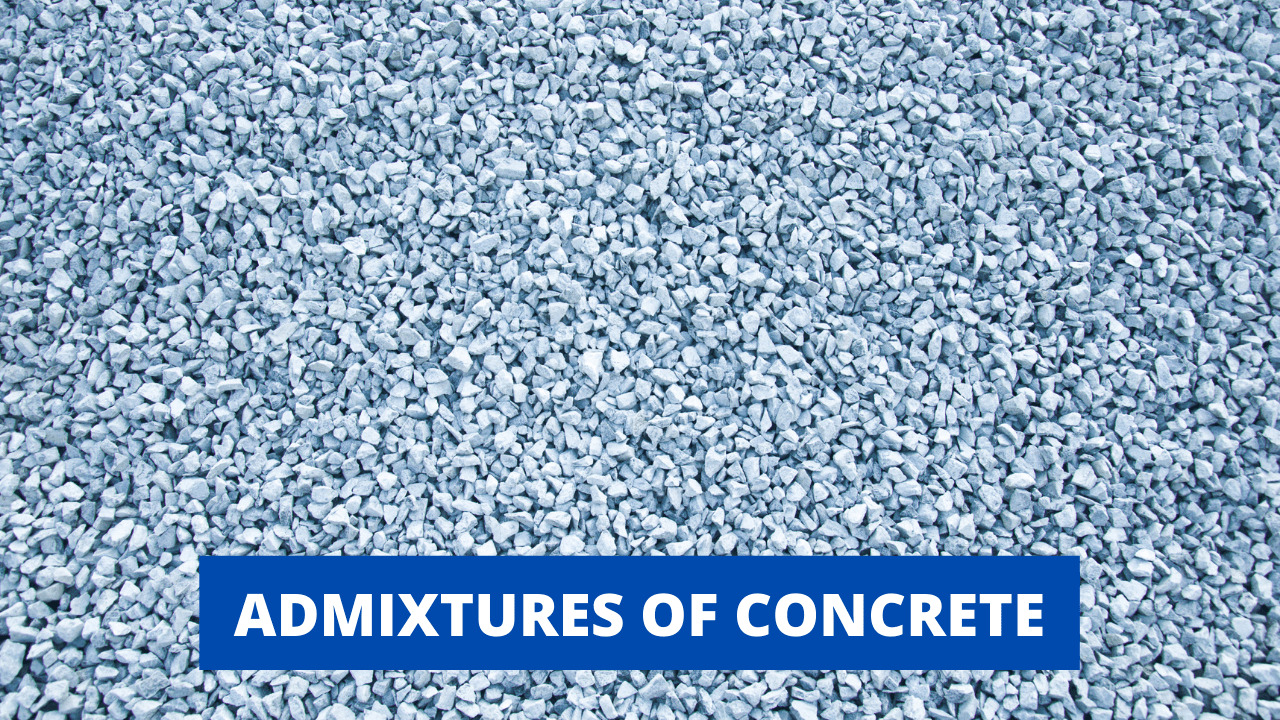The Pantheon, called the Temple of the Gods, is one of the greatest engineering wonders of the Roman Empire.
Built in 128 A.D. by Emperor Hadrian, the Pantheon held the world record for the largest dome diameter (43.2m) for almost 1800 years.
Archimedes, one of the greatest Greek engineers, refused to write a textbook on engineering because the work of an engineer and, indeed, everything that would in any way make life easier, was ignoble and vulgar
Mineral admixtures are finely divided siliceous materials which are added to concrete in relatively large amounts, generally in the range 20 to 70 percent by mass of the total cementitious material.
Table of Contents
Pozzolanic Reaction
silica + CH —> C-S-H
The mechanism by which pozzolanic reaction exercises a beneficial effect on the properties of concrete is the same irrespective of whether a pozzolanic material is added to concrete in the form of a mineral admixture or as a component of blended portland cement.
Ecological Advantage
- Power plants using coal as fuel and metallurgical furnaces producing cast iron, silicon metal, and ferrosilicon alloys are the major sources of by- products that are being produced at the rate of millions of tonnes every year in many countries.
- Dumping of these by-products into landfills and streams amounts to a waste of the material and causes serious environmental pollution.
Ecological Impact
- Disposal as concrete aggregate or for roadbase construction is a low-value use which does not utilize the pozzolanic and cementitious potential of those material.
- With proper quality control, large amounts of many industrial by-products can be incorporated into concrete, either in the form of blended portland cement or as mineral admixtures.
- Whenever a pozzolanic and/or cementitious byproduct can be used as a partial replacement for portland cement in concrete, it represents significant energy and cost savings.
Different Performances
- pozzolanic (e.g., low-calcium fly ash),
- cementitious (e.g., granulated iron blast-furnace slag),
- both cementitious and pozzolanic (e.g., high- calcium fly ash)
Classification
- Natural materials: have been processed for the sole purpose of producing a pozzolan. Processing usually involves crushing, grinding, and size separation; in some cases it may also involve thermal activation.
- By-product materials: are not the primary products of the industry producing them. Industrial by- products may or may not require any processing.
Natural Pozzolans
- Except diatomaceous earth, all natural pozzolans are derived from volcanic rocks and minerals.
- During explosive volcanic eruptions quick cooling of the magma, which is composed mainly of aluminosilicates results in the formation of glass or vitreous phases with disordered structure.
Natural Pozzolans:
1) Volcanic glasses
Santorini Earth of Greece, Bacoli Pozzolan of Italy, and Shirasu Pozzolan of Japan are examples of pozzolanic materials which derive their lime-reactivity characteristic mainly from the unaltered aluminosilicate glass.
2) Volcanic tuffs
Pozzolans of Segni-Latium (Italy), and trass of Rheinland and Bavaria (Germany), represent typical volcanic tuffs.
3) Calcined clays or shales
- clay and shales will not show appreciable reactivity with lime unless the crystal structures of the clay minerals present are destroyed by heat treatment.
- Temperatures on the order of 600 to 900 C, in kilns is required for this purpose.
- The pozzolanic activity of the product is due mainly to the formation of an amorphous or disordered aluminosilicate structure as a result of the thermal treatment.
4) Diatomaceous earth
- This group of pozzolans is characterized by materials of organic origin.
- Diatomite is a hydrated amorphous silica which is composed of skeletal shells from the cell walls of many varieties of microscopic aquatic algae.
- The largest known deposit is in California.
By-Product Materials
- Ashes from the combustion of coal and some crop residues such as rice hull and rice straw, silica fume from certain metallurgical operations, and granulated slag from both ferrous and nonferrous metal industries are the major industrial by- products that are suitable for use as mineral admixtures in portland cement concrete.
Significance
- Countries like China, India, the United States, Russia, Germany, South Africa, and the United Kingdom, are among the biggest producers of fly ash which, at the current (Year 2000) rate of production, some 500 million tonnes a year constitutes the largest industrial waste product in the world.
Fly ash
- During the combustion of coal in power plants the volatile matter and carbon are burned off while most of the mineral impurities such as clays, quartz, and feldspar, melt at the high temperature.
- The fused matter is quickly transported to lower- temperature zones where it solidifies as spherical particles of glass. Some of the minerals agglomerate forming the bottom ash, but most of the fine particles fly out with the flue gas stream and are called fly ash.
Classification
- Fly ashes can be divided into two categories which differ from each other mainly in calcium content.
- The ash containing less than 10 percent CaO, is generally a product of the combustion of anthracite and bituminous coals.
- The ash typically containing 15 to 35 percent analytical CaO, is generally a product of combustion of lignite and subbituminous coals.
Low-calcium fly ashes
- Due to the high proportions of silica and alumina present, consist principally of aluminosilicate glass.
- The partial devitrification of glass in low-lime fly ashes accounts for the presence of crystalline aluminosilicates.
- Since these crystalline minerals are nonreactive at ordinary temperature, their presence in large proportions, at the cost of the noncrystalline component or glass, tends to reduce the reactivity of the fly ash.
High-calcium fly ash
- It is more reactive because it contains most of the calcium in the form of reactive crystalline compounds.
- More than 5 percent carbon in a fly ash that is meant for use as a mineral admixture in concrete is considered undesirable because the cellular particles of carbon tend to increase both the water requirement for a given consistency and the admixture requirement for air entrainment.
Microstructure
- Most of the particles in fly ash occur as solid spheres of glass
- Typically, the spherical particles in low-calcium fly ashes look cleaner than those in high-calcium fly ashes. As alkalies and sulfate tend to occur in a relatively larger proportion in the high-calcium fly ashes, the deposition of alkali sulfates on the surface of spherical particles accounts for their dirty appearance of the spheres.
Particle size
- Particle size distribution studies show that the particles in a typical fly ash vary from 1 to 100 micra in diameter, with more than 50 percent under 20 microns.
- The particle size distribution, morphology, and surface characteristics of the fly ash selected for use as a mineral admixture exercise a considerable influence on the water requirement and the workability of fresh concrete, and the rate of strength development in hardened concrete.
Iron Blast-furnace slag
- In the production of cast iron (also called pig iron) if the liquid slag is rapidly quenched from a high temperature by either water or a combination of air and water, most of the lime, magnesia, silica, and alumina are held in a noncrystalline or glassy state.
- The water-quenched product is called granulated slag due to sand-size particles.
Strength Contribution
- Compared to low-calcium fly ash, which usually does not make any significant contribution to the strength of portland cement concrete until after about two weeks of hydration, significant strength contribution by high-calcium fly ash or granulated iron blast-furnace slag generally occurs as early as 7 days after hydration.
Silica fume
- is by-product of the induction arc furnaces in the silicon metal and ferrosilicon alloy industries. Reduction of quartz to silicon at temperatures up to 2000 C produces SiO vapors, which oxidize and condense in the low-temperature zone to tiny spherical particles consisting of noncrystalline silica.
Particle size distribution
- Compared to normal portland cement and typical fly ashes, silica fume samples show particle size distributions that are two orders of magnitude finer.
Rice husk ash
- Rice husks, also called rice hulls, are the shells produced during the dehusking operation of paddy rice. As they are bulky, the husks present an enormous disposal problem for centralized rice mills.
- Each tonne of paddy rice produces about 200 kg of husk, which on combustion yield approximately 40 kg of ash.
Production
- The ash formed during open-field burning or uncontrolled combustion in furnaces generally contains a large proportion of less reactive silica minerals such as cristobalite and tridymite, and must be ground to a very fine particle size in order to develop some pozzolanic activity.
- A highly pozzolanic ash can be produced by controlled combustion when silica is retained in noncrystalline form and a cellular microstructure
Metakaolin
- High-purity kaolinitic clays can be calcined at relatively low temperature 600-700 C to keep silica and alumina in amorphous state, then pulverized to particles smaller than 2 microns.
- The product is a highly reactive pozzolan of white color that is especially suitable for use in architectural concrete.
Mechanisms of Action
- Control of Bleeding: Channels of bleeding water are obstructed by the small particles.
- Grain Refinement: without pozzolans large CH crystals develop
- Pore Refinement: reduction of porosity
Workability improvement
- With fresh concrete mixtures that show a tendency to bleed or segregate, the incorporation of finely divided particles generally improves the workability by reducing the size and volume of voids.
- The finer a mineral admixture, the less will be the amount needed for enhancement of the cohesiveness and workability of freshly-mixed concrete.
- The small size and the glassy texture of fly ash and slag makes it possible to reduce the amount of water required for a given consistency.
Workability
- All mineral admixtures tend to improve the cohesiveness and workability of fresh concrete, but many do not possess the water-reducing capability of fly ash and slag.
- For a given consistency of concrete, the use of very high surface area materials, such as pumicite, rich husk ash, and silica fume increases the water requirement.
Durability to Thermal cracking
- Mineral admixtures reduces the temperature rise almost in direct proportion to the amount of portland cement replaced by the admixture.
- These admixtures do not react to a significant degree for several days.
- As a rule of thumb, the total heat of hydration produced by the pozzolanic reactions involving mineral admixtures is considered to be half as much as the average heat produced by the hydration of portland cement.
Durability to Chemical attack
- The permeability of concrete plays a fundamental role in determining the rate of deterioration due to destructive chemical actions such as the alkali- aggregate expansion and attack by acidic or sulfate solution.
- The pozzolanic reaction involving mineral admixtures causes pore refinement which reduces the permeability of concrete, studies have shown considerable improvement in the chemical durability of concrete containing mineral admixtures.
Durability
- Mineral admixtures improves the resistance of the concrete to acidic water, sulfate water, and seawater.
- This is due to the pozzolanic reaction, which is accompanied by a reduction in permeability as well as a reduction in the calcium hydroxide content of the hydrated product.
Summary: Advantages
- Removal of CH
- Densification
- Improve Durability
- Reduce Thermal Cracking
- Improve workability and cohesiveness
- Reduce bleeding and segregation
- Increase ultimate strength

